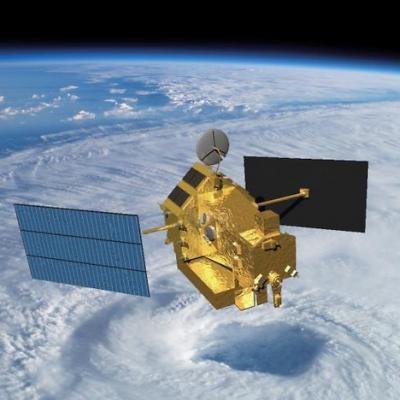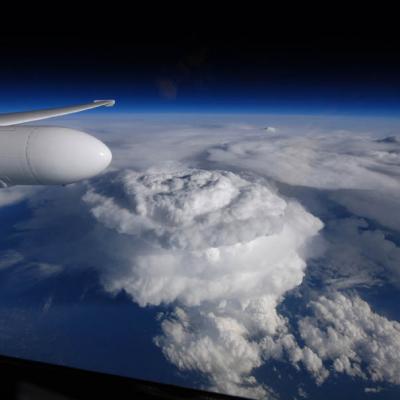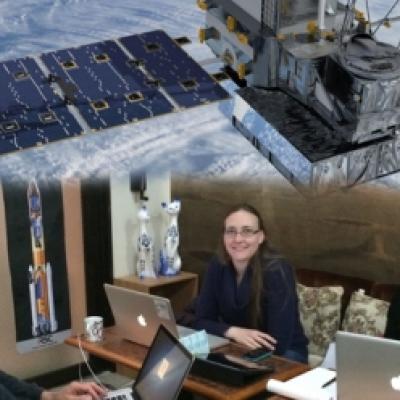GPM Performs Maneuvers, Continues Calibration
The GPM spacecraft continues to perform normally. The GPM Microwave Imager and Dual-frequency Precipitation radar continue operations and calibration. The spacecraft performed two routine maneuvers. The first was a 180-degree yaw (left/right in the horizontal plane) turn. This is the second yaw turn that changes the orientation of the spacecraft; it is now flying forwards again. Yaw turns are performed approximately every 40 days for thermal control, as the angle between the spacecraft's orbit and the sun changes. This keeps the side of the spacecraft designed to remain cold from overheating








